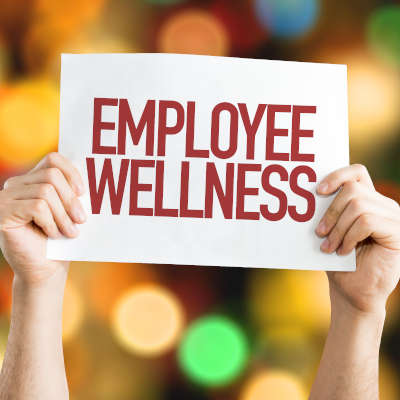Employee Health is Probably the Biggest Consideration in 2020
At the present moment, employee health has a brighter light shone on it than any time in the past twenty years. The SARS-CoV-2 pandemic has created a situation where governments have placed additional requirements on employers, with the intention of reducing the spread of the virus. Today, we will take a look at practices your business can take to help keep your employees healthy during this challenging time.
The Spread of COVID-19
When COVID-19 was first on people’s radar, it was just another strange virus that was rooted abroad. Like the SARS-CoV-1 scare in 2003, people took a peek, but didn’t pay much mind until there were outbreaks on both sides of the United States in late February. By the middle of March, much of the country was shut down, with only select essential workers being asked to continue functioning in the workplace. This quickly led to political discussions and some monetary relief for companies who were losing huge amounts of revenue as a result from the downtime.
For many businesses, the pandemic was the beginning of the end. The companies that could, had their workers begin to work from home. Today, many remain working remotely as attempts to kickstart the economy were met with millions of new cases of COVID-19. With no end to the pandemic in sight, companies need to balance what is best for their company, while still being mindful that there will be situations where the company won’t be able to run like it once did.
The virus causes symptoms in some people that that many would identify as flu-like. They include fever, cough, shortness of breath. Some people who are exposed to the virus don’t have any symptoms at all. The maddening part about COVID-19 is that asymptomatic carriers can still spread the disease to others. Another frustrating variable about the virus is that symptoms typically come on anywhere from two-to-14 days after exposure.
How COVID-19 Spreads
By now, most of us are familiar with how the Coronavirus spreads. Typically it is transmitted through close contact with a carrier, or through exposure to an infected person’s respiratory droplets from when a person coughs or sneezes. Some people have claimed to get the virus from touching surfaces that another person has touched. Most carriers are most contagious when they are most symptomatic, but as mentioned earlier can transmit the virus without knowing they are carrying it. If you would like the most up-to-date information about COVID-19 transmission visit the CDC’s COVID-19 website here.
What Moves Can Businesses Make?
Business owners, like the rest of us, were blindsided by the pandemic. At first, not much was made out of it, but it quickly became a problem that businesses had to confront as many states put in stay-at-home orders. Some businesses were able to keep on chugging along as their workers moved from offices to their homes, but some businesses weren’t so lucky. For the first few months people tried to make sense of the situation, but as it became clear that this is the new normal, businesses have had to evolve.
For the business that needs your crew at their stations in order to turn a profit, prioritizing your employees’ health is only going to help your business. After all, a worker that thinks their organization is doing everything it can to satisfy their needs makes for a loyal worker. If your business is just now figuring the whole situation out, you aren’t alone. Here are some things you can do to prioritize employee health:.
- Make sure employee workspaces are clean – You will want to scrub surfaces with hot water and disinfectant regularly. Having disinfectant wipes available for phones, keyboards, door knobs, and the like is a good practice.
- Make sure employees are washing their hands – Disinfectant soap kills the SARS-CoV-2. Make sure they know the importance of washing their hands, and how it works to kill off potential contaminations.
- Offer hand sanitizer – You will want to have hand sanitizer with high alcohol content available around your workplace.
- Wear masks – Wearing a mask is proven to reduce the amount of droplets that could pass through the air and onto surfaces.
- Keep travel to a minimum – If you normally have people on the road, shift some things around to allow them to do that work remotely.
- Educate your employees – Make sure that you make it clear that if your employees start to show symptoms of being ill, they are in no way expected in the workplace. Until this situation is over, it will be important to manage risk.
As of this writing, millions of people are still out of work, millions more are working from home, and even more than that are taking day-by-day. If your organization is going to keep the lights on, business owners are going to have to be flexible on those rules that were once set in stone.
If your business needs help setting up the technology it needs to get through COVID-19, needs to talk to someone about business continuity, or if you simply need to talk to one of our consultants about getting the right technology to help your business move forward, COMPANYNAME can help. Call us today at PHONENUMBER.



